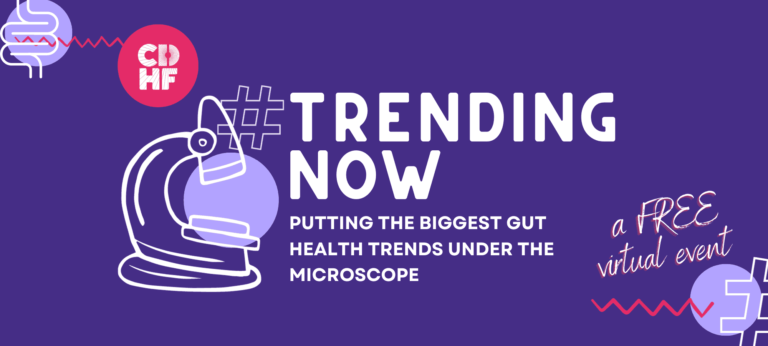What Every Woman Needs to Know About Blood Clots Women face an increased risk of blood clots during pregnancy, postpartum, and while using estrogen-containing birth control. As an attending physician in Ottawa, I often treat women who are recently diagnosed with a blood clot. My female patients are of all ages — from young women to the elderly — but they often have one thing in common: They never expected to get a blood clot. Indeed, many female patients have no idea about the possible risk factors they face as women. While blood clots affect up to 900,000 people each year in the United States, women face unique risk factors, in particular if they use estrogen-containing oral contraceptives, are pregnant, or are in the period up to three months postpartum, according to the Centers for Disease Control and Prevention (CDC). In recognition of Blood Clot Awareness Month throughout March, we should take time to understand women’s blood clot risks, signs, symptoms and prevention strategies. Risks of Estrogen-Containing Birth Control Several factors increase a woman’s risk of developing blood clots. Estrogen-containing combined hormonal oral contraceptives (birth control) can elevate the chance of a blood clot, which affects about 10 in 10,000 individuals on estrogen-containing birth control per year, per the CDC. Hormonal birth control generally comes in two forms: one form contains both estrogen and progestin, and another form contains only progestin. Estrogen is what healthcare professionals believe increases the risk of clots because it causes blood to coagulate more readily. Consider the experience of Khelse de Prado, who was diagnosed with her first blood clot in January 2018, just two weeks after she started a hormonal oral contraceptive. Khelse recalls her symptoms as “hardly able to breathe and with a rapid heartbeat.” She rushed to the hospital, where she was diagnosed with a pulmonary embolism, a blood clot in the lungs. While her first blood clot was treated, Khelse unfortunately developed recurrent blood clots over the years, requiring blood thinners long term. Today, Khelse is passionate about educating women about their blood clot risks. Risks With Pregnancy and Postpartum Pregnancy raises the likelihood of blood clots, particularly in the veins of the legs or pelvis. The postpartum period, particularly right after childbirth, is another critical time. Natural changes in a woman’s body during pregnancy, childbirth, and the postpartum period after delivery can put women at higher risk of a blood clot. In fact, according to the CDC, pregnant women are five times more likely to experience a blood clot than women who are not pregnant. Why does this happen? A woman’s blood clots more easily during pregnancy, and pregnant women may also experience less blood flow to the legs later in pregnancy as the uterus places pressure on the blood vessels around the pelvis. Immobility due to bed rest or a cesarean-section delivery can also increase risk. All these risk factors can increase if a woman has other predisposing risk factors for blood clots, such as a family history of blood clots, obesity, smoking, certain medical conditions, or prolonged immobility. Spot the Signs and Symptoms Recognizing the symptoms of a blood clot is essential for early detection and treatment. Symptoms can vary depending on the location of the clot. A blood clot that forms in a vein deep in the body, usually the leg, is called a deep vein thrombosis (DVT). Signs and symptoms of a DVT can include: Pain or tenderness in the calf, leg, arm, or shoulder Swelling of the leg or affected area Discoloration or redness in the affected area Sensation of warmth in the affected area A blood clot that travels to the lung from a vein in the leg is called a pulmonary embolism (PE). A PE is serious and can be potentially life-threatening. Symptoms of a PE can include: Shortness of breath Rapid breathing or difficulty catching your breath Chest pain that becomes worse with deep breaths Lightheadedness or passing out Coughing up blood If you see or feel a sign or symptom, regardless of your risk factors, contact your healthcare professional immediately. What Women Can Do to Protect Their Health Blood clots can be prevented. For women taking hormonal contraceptives, it is important that they discuss the risks and benefits with a healthcare professional and consider alternative options, if necessary. During pregnancy and the postpartum period, staying active and avoiding prolonged periods of immobility can reduce the risk. Other preventive measures include maintaining a healthy weight, not smoking, exercising and managing any underlying medical conditions that may increase the risk of blood clots. By staying informed and proactive about their health, women can reduce their blood clot risk and ensure early detection and treatment if a blood clot does occur. To learn more about blood clots, visit www.worldthrombosisday.org. Lana Castellucci, MD, is an associate professor in the faculty of medicine at the University of Ottawa, and a scientist at the Ottawa Hospital Research Institute. She serves as the chair of the World Thrombosis Day campaign. She is also vice president of Thrombosis Canada, a national organization promoting patient education and improved outcomes for patients with venous thrombosis. Follow Dr. Castellucci on X at @LanaCastellucci .
This content was originally published here.




















